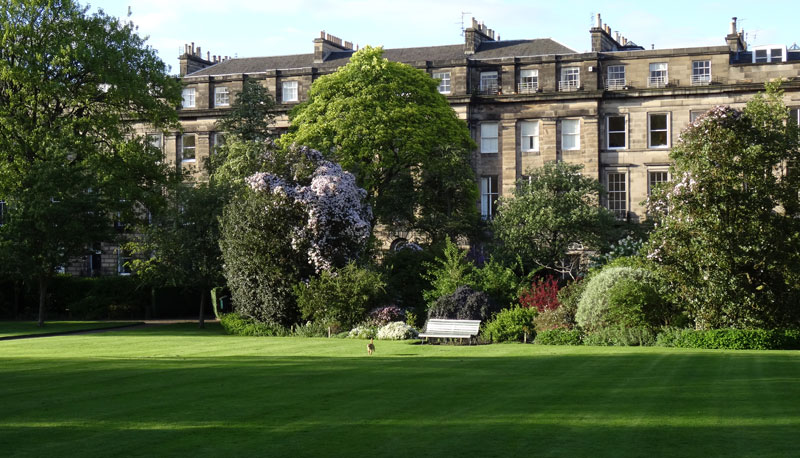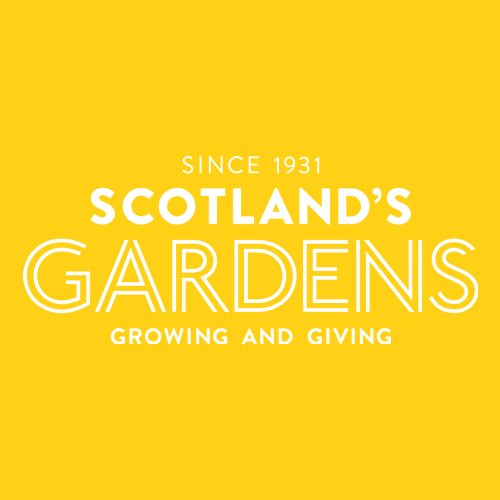Private garden of 3½ acres in Georgian New Town, Edinburgh. Shrubs, trees and beds offer an atmosphere of tranquillity for residents, subject to payment of an annual subscription.
Scotland’s Gardens is a registered charity. Created in 1931, we raise funds for other worthy charities by facilitating the opening of large and small gardens of horticultural interest throughout Scotland to the public.
Source: Moray Place and Bank Gardens – Scotland’s Gardens
Moray Place is perhaps Edinburgh’s most sought after New Town address and a fine example of Georgian architecture. Situated within easy walking distance of the city centre, Moray Place is a beautiful, quiet, circular terrace arranged around tranquil private central gardens. There are further terraced gardens on the banks of the Water of Leith. Residents can apply for access to both of these.
The Earl of Moray, had plans drawn up in 1822 to develop his estates, Northwest of the New Town sloping down to the Water of Leith. The terrace houses around Moray Place were built between 1822 and 1830 to the design of James Gillespie Graham.
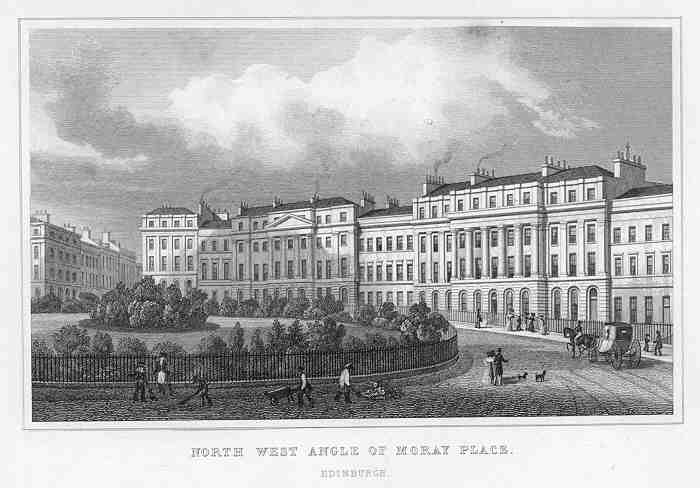
The original character of the Georgian era New Town, with its cobbled roads, pillars, and sandstone block facades is preserved today by building codes that stipulate even the wrought iron railings must be painted a specific colour – black. New Town residences were built along an integrated and harmonious plan, with residences set near pleasant communal gardens and attractive views. Edinburgh’s New Town is a marvel of urban planning, combining elegant architecture with spacious and comfortable housing.
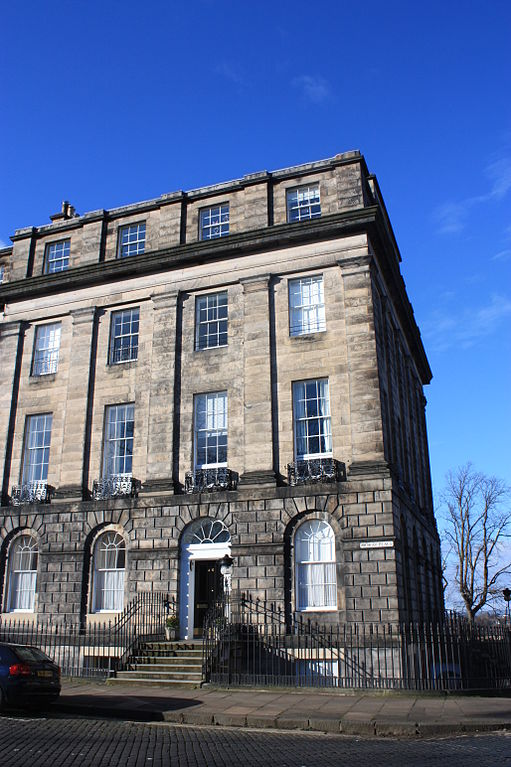
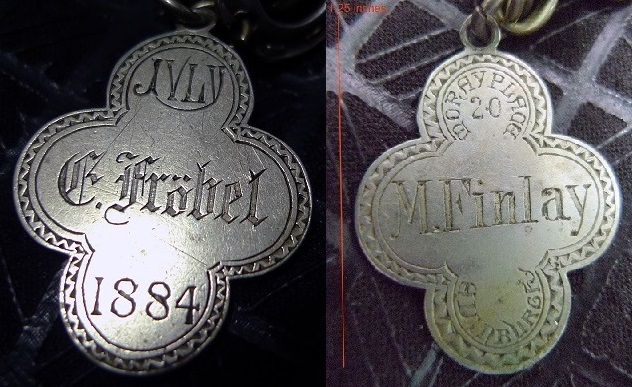
Karl Froebel was in Manchester for a while before moving to Edinburgh to open a school with his wife Johanna Kustner Froebel. Clementine (wife of Sir Winston Churchill and a life peeress in her own right) was educated first at home, then briefly at the Edinburgh school run by Karl Froebel. (Soames, M. (2002). Clementine Churchill: The Biography of a Marriage London, Doubleday)
